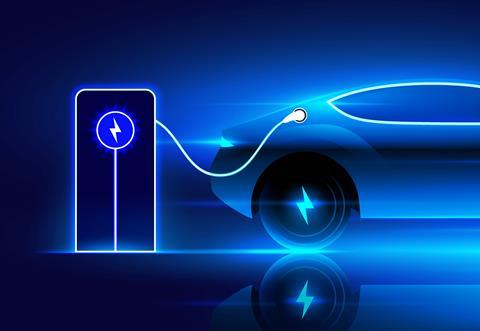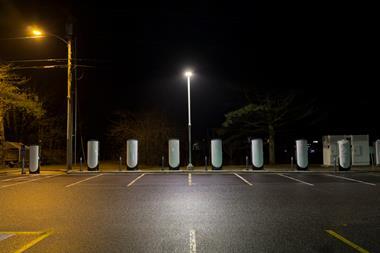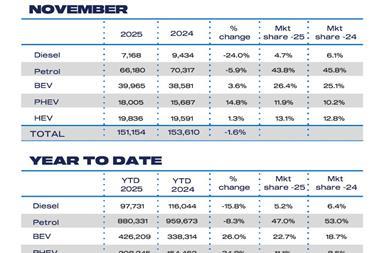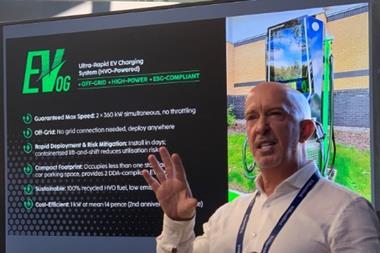
Britain’s motorists are driving EVs further as petrol and diesel average mileages fall, according to a new study by automotive industry data expert, cap hpi.
Analysing used car sales figures, cap hpi examined around 17.4 million cars on UK roads from 2014 to February 2024 to ascertain average final mileage figures per year. The data shows that EVs are now covering more miles as battery technology and mileage range increase and charging infrastructure improvements boost driver confidence.
For EVs, the average mileage at the end of 2023 stood at 8,292 miles per year, just 743 miles per year less than petrol and diesel vehicles.
The analysis revealed that mileage across cars (new to 10 years old) has changed from an average of 11,381 miles recorded per year at the start of 2014 to 9,654 miles per year up to February 2024, a decrease in average mileage of 1,727 miles. By the end of 2023, the average UK vehicle mileage (not including BEVs) was 9,035 miles per year.
Dylan Setterfield, head of forecast strategy at cap hpi, said: “The figures from the past decade indicate that drivers drove fewer miles per year overall from 2014 until the beginning of the pandemic. The data indicates that there is now a clear convergence emerging between EVs and ICE vehicles. EVs now have much longer ranges and the chargepoint network is constantly improving, but we’re also seeing that EV drivers have much more faith in their vehicles and have become more adept at planning their journeys and managing longer trips.
“The pandemic and resulting lockdowns saw a clear dip followed by a steady increase once everything started to recover, although the overall average remains around 1,000 miles per year lower than at the end of 2019. The pandemic undoubtedly altered the way drivers use their cars forever.”
The lowest average mileage recorded from the past decade was in May 2021, during the second period of national lockdown, when it dipped to 8,537.
Said Dylan Setterfield: “Looking at the average miles driven for BEVs, they started much lower than the rest of the vehicle parc, with annual mileage back in 2014 as low as 4,000. The main reason for this was the limited range of EV city cars at the time. Models such as the Nissan Leaf weren’t available in the UK until 2011 and the BMW i3 and Renault Zoe launched in 2013.
“The trend pattern for BEVs then sees a gradual increase, almost doubling to nearly 8,000 miles per year by 2019. There is then the same reduction in mileage travelled through the pandemic, but then another steady increase to an average of above 2019 levels by 2023.”
































